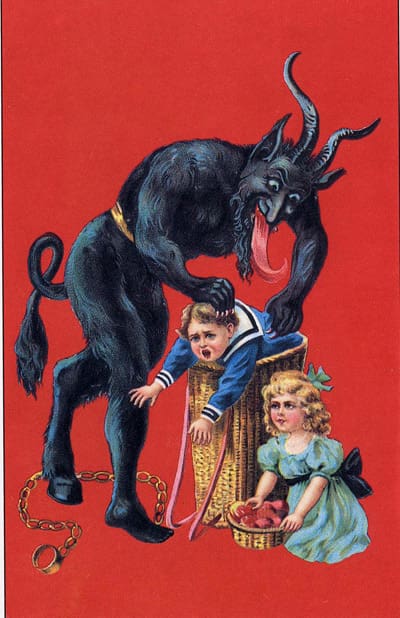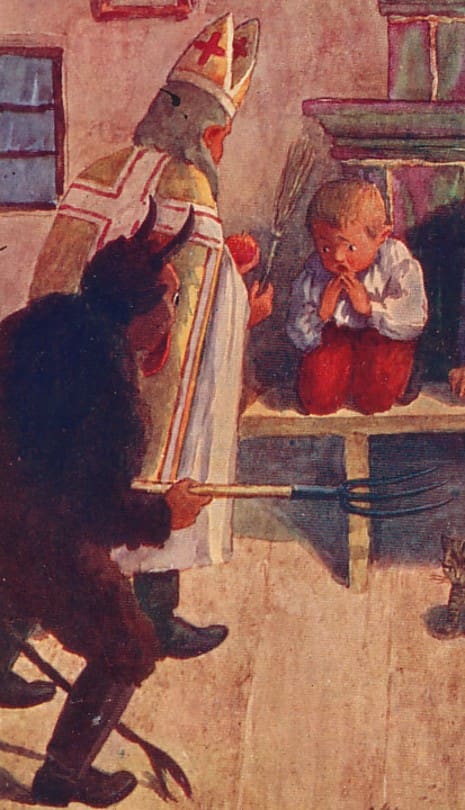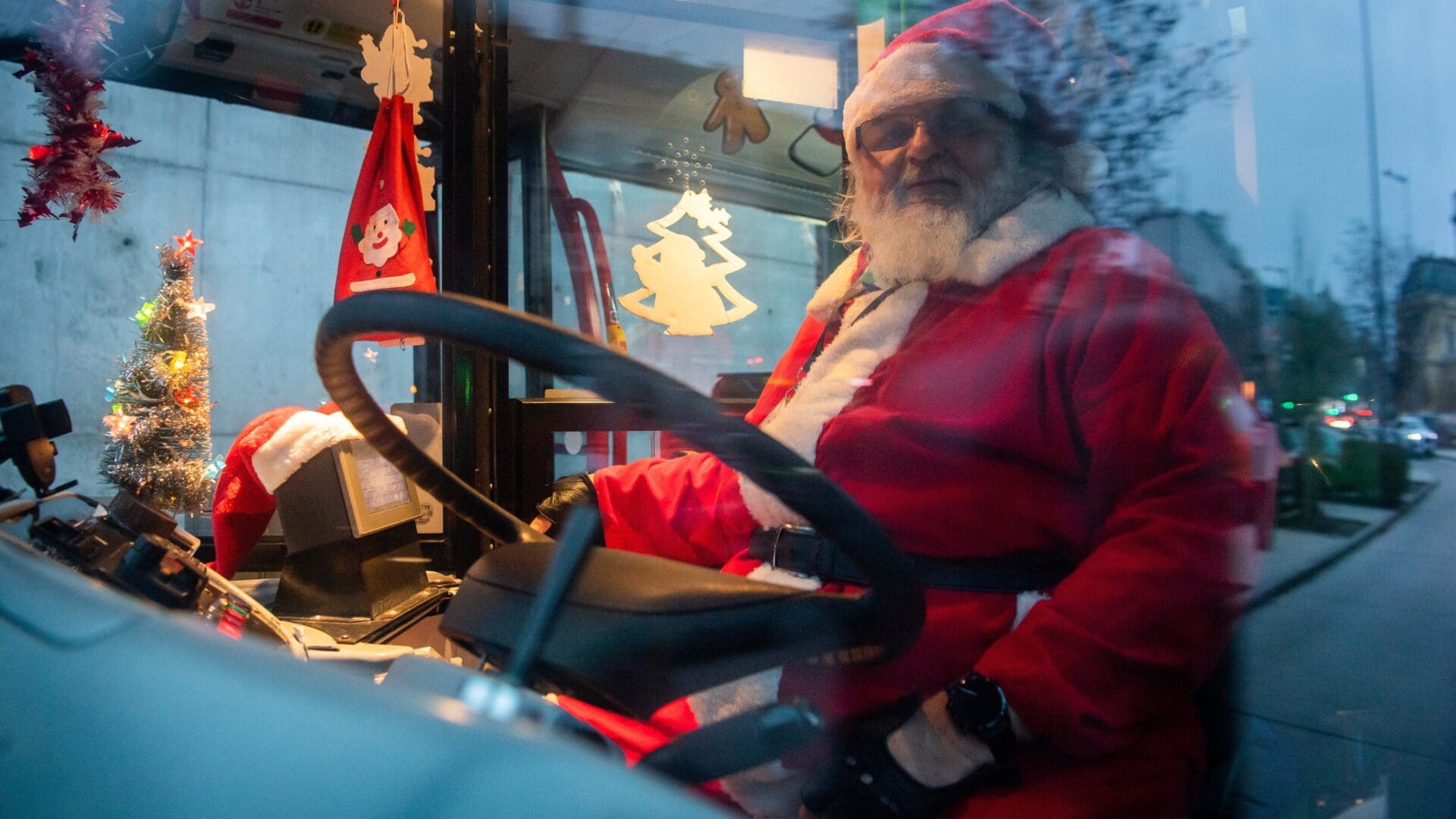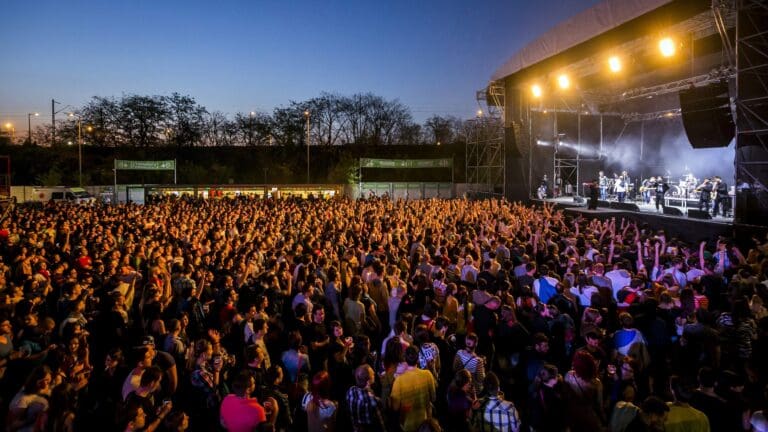Across the Christian world, Santa Claus is an important character of the winter tales told to children. The old man with a long white beard depicted in red robes is a guardian of children’s innocent joy, one who leaves presents in the spotlessly clean boots of children.
Albeit in Anglo-Saxon countries Santa Claus is celebrated as a gift-giver on Christmas Day, in Hungary the tradition is that it is not him, but baby Jesus or/and angels who place presents under the tree on Christmas Eve. But that does not mean that Santa does not come at all to Hungarian children! There is in fact an entire day dedicated to celebrating Santa in Hungary. The Hungarian Santa Claus, called Mikulás (from the Slavic version of Nicholas, Mikuláš) brings presents, mostly sweets and nuts, ahead of Christmas Day, on 6 December (or rather, on the night of December 5). What should never be missing from a veritable Mikulás Day gift sack is at least one chocolate Mikulás.

While 6 December, the Day of Santa Claus, is not a bank holiday, it is one of the days that is the most awaited by all Hungarian children. Celebrating 6 December has a long-standing tradition in the country—by the 19th century Santa Claus as a gift-giver had become so universally well-known in Hungary that he even appears as a passing note in a novel written by the famous Hungarian author, Mór Jókai.
Another peculiarity of the Hungarian (and that of some other Central and Eastern European countries) Santa Claus compared to its English-speaking counterparts is that the bearded old man rarely arrives without his sidekick, called the Krampus (spelt Krampusz in Hungarian). Today, Krampus is known as the beastly friend and assistant of Santa Claus, who brings birch sticks, symbolizing punishment, for naughty children. While today it is viewed as a funny, harmless character associated with the advent period, the furry, demon looking Krampus used to have a dark history. The horned creature’s name originates from the German word Krampen, meaning claw, which traditionally symbolizes evil. The mission of the creature, who made a habit of frightening children with the voice of his iron chains and shackles as he walked from house to house with Santa, was originally to take naughty children with him to the underworld. In Hungary, the Krampus, who is the representation of the devil, always used to arrive in the homes of children alongside Santa, but in Hungary’s western, German speaking neighbours, however, the Krampus used to come alone.

The once frightening demonic character was toned down by the late 19th century— according to a description of the Day of Saint Nicholas from the late 1870s, while the Krampus was still threatening naughty children, before he would be able to actually punish them, Santa Claus intervened, and gave the children one more year to prove that they can behave well, too.

The Christian legacy the character of Santa Claus was build upon is an indispensable part of who Santa is for Hungarian children today. The character of Santa Claus or Mikulás in Hungary was inspired by an early Christian saint, Saint Nicholas. Saint Nicholas or Miklós (hence, the word Mikulás for Santa Claus in Hungarian) lived in the 3rd century and is now known as the patron saint of children and pupils. He served as the bishop of Myra , located in today’s Turkey, and was a dedicated defender of the Church and faith. Saint Nicholas, a secret gift-giver believed to have saved poor girls from being forced into prostitution by leaving coins in their shoes, was transformed over the centuries into a winter tale character as we know him today.
Secularization took its toll on Santa, too—he moved from the heavens to Lapland, Finland.

In Hungary, it was not the commercialization of Christian feasts but the compulsory atheism of the state socialist regime that affected Santa’s figure. To detach his character from its Christian roots, the name Mikulás was changed to ‘Télapó’, that is Father Winter. Incidentally, the terminology promoted during the state socialist years resembles the Russian term, Ded Moroz, Grandfather Frost. Although in fact the original Russian Christmas gift-bringer was also based on Saint Nicholas’ persona, as a result of the forced Soviet secularization, this association has faded away in Russia.








